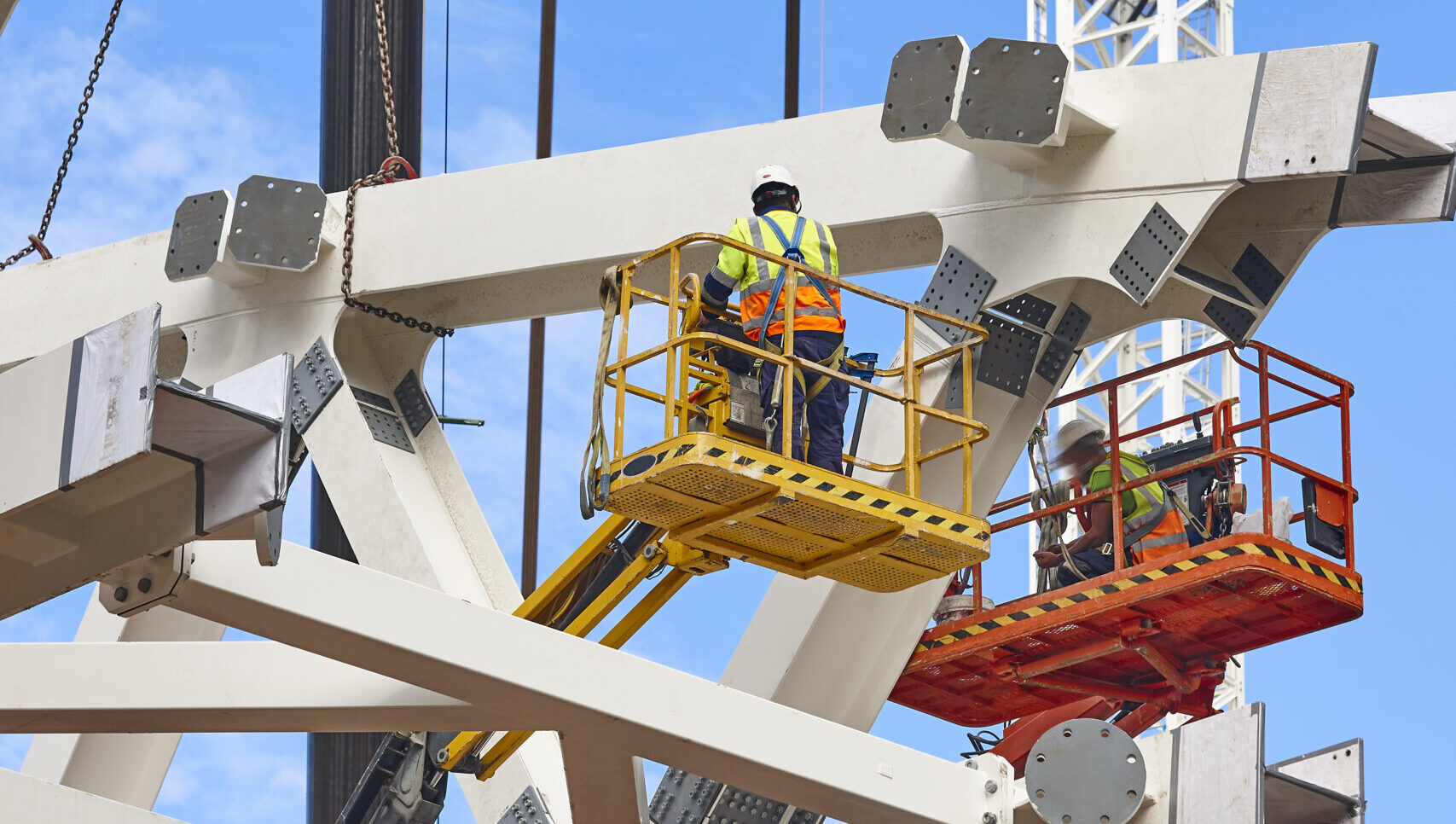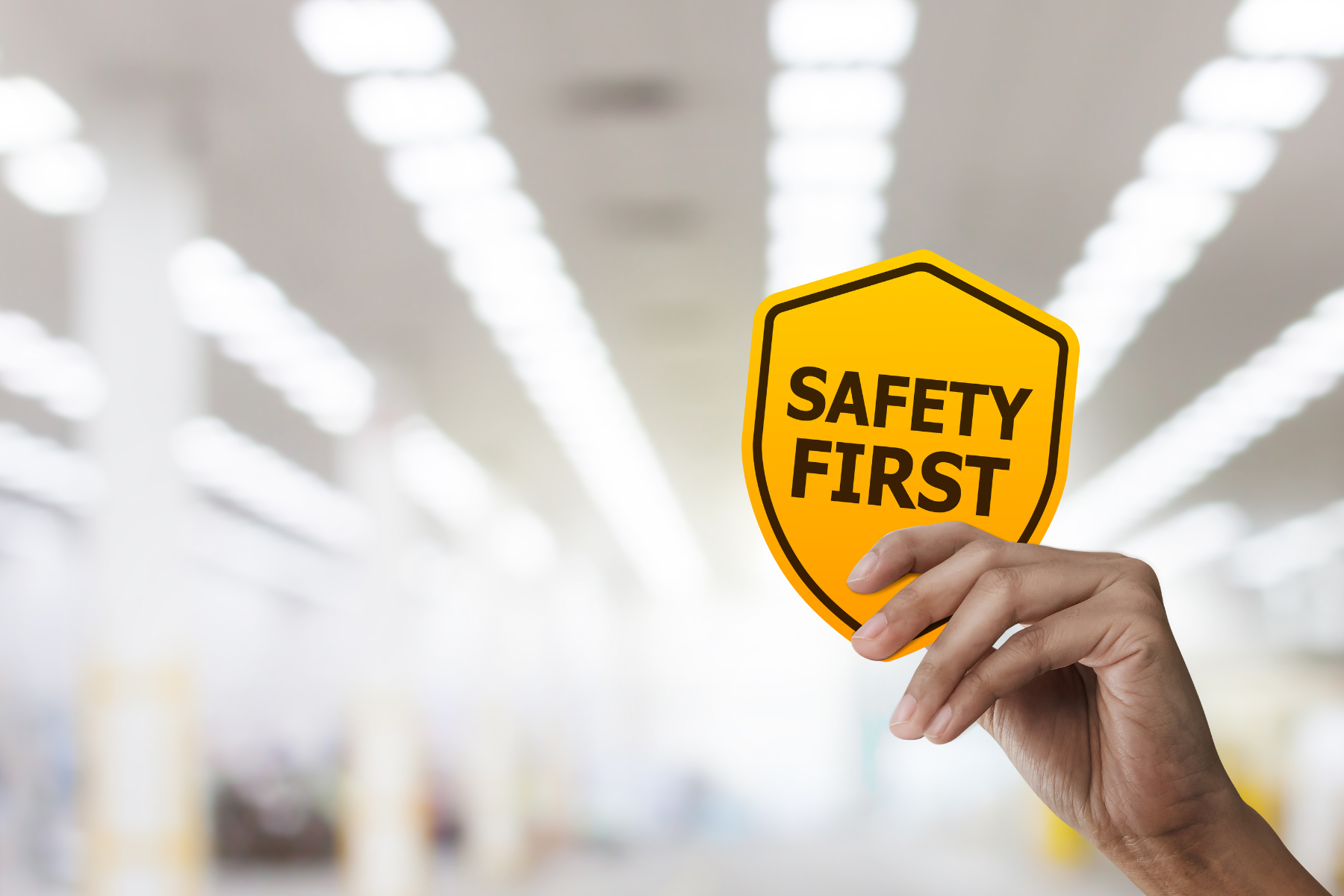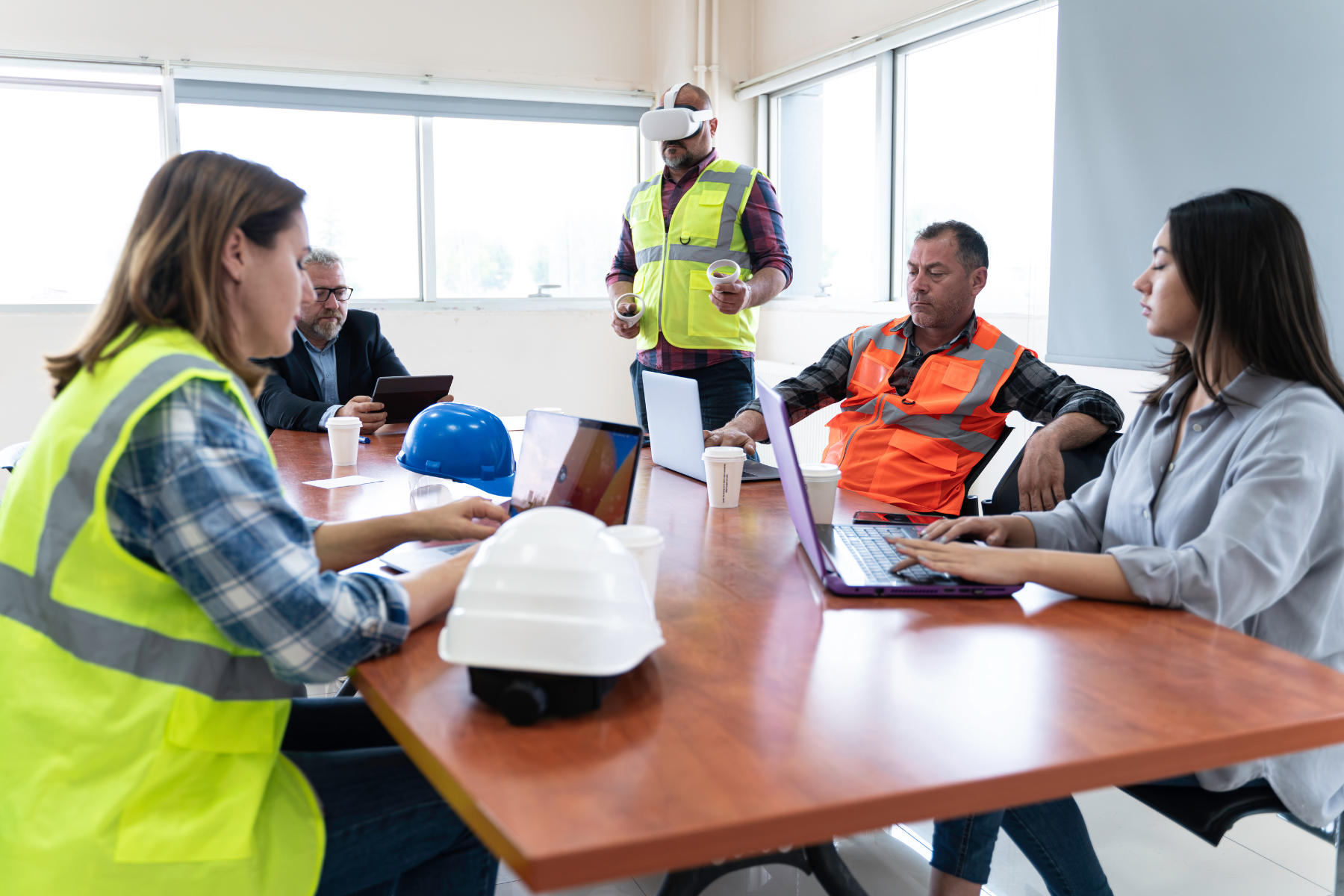Operational safety at construction sites: risks and prevention
Categories: Safety at construction site

Operational safety comes through a thoughtful set of prevention and protection activities with the aim of reducing workers’ exposure to the risks associated with carrying out daily work activities and ensuring that they enjoy conditions of good health, safety and well-being
It is a legal obligation for employers to comply with safety regulations and provide adequate and certified PPE to their employees and contractors.
Current regulations and decrees
The standard regulating in the field of work safety on construction sites is Legislative Decree No. 81 of April 9, 2008, which regulates safety on construction sites and other workplaces. In this Decree, the Employer, with the due support of the RSPP, the Medical Officer and the Workers’ Representative can find the necessary indications for the identification and analysis of company risks and draw up an appropriate list of prevention and protection measures for the protection of the safety and well-being of its employees and collaborators.
Potential hazards at the construction site
During the tasks and operations performed on a construction site, workers come into contact with numerous types of hazards on a daily basis, and these include:
- SECURITY RISKS
- Falls
- Injuries
- Overturning/crushing
- Electrocution
- From material projection and machinery utilization
- HEALTH RISKS.
- Outdoor work
- Noise
- Vibration
- Chemicals
- Load Handling
- From SARS infection Covid19
- ORGANIZATIONAL RISKS
- Psychological and physical risks
- From stress-related
An adequate Operating Safety Plan not only provides for these risks, but also outlines the operations to manage them should the need arise. This, combined with worker training, increases awareness of risky actions and appropriate prevention aimed at ensuring the well-being of all involved.
Risk management and prevention
The effective management and prevention of risks at the construction site goes through tools and documents prepared by the employer, such as the Risk Assessment Document (DVR) which makes it possible to highlight and predict any hazards present in the workplace and the drafting of the Operating Safety Plan (POV), which allows a thorough and specific assessment of each worksite and includes operating instructions for workers.
Construction site operational safety services
Adequate forecasting and assessment of risks at the worksite therefore is essential to ensure the welfare and safety of workers and contractors. SiQ Srl is able to provide numerous services in this field, ranging from drawing up Safety Plans to taking on the role of Safety Coordinator and Construction Manager.
Specifically, our company can deal with:
- Appointing the Safety Coordinator in the Design Phase (CSP)
- Appointing the Safety Coordinator during Execution (CSE)
- Appointing the Construction Manager (RL)
- Assistance to the Single Project Manager (RUP)
- Preparation of safety and coordination plans (PSC)
- Processing of Work Files.
- Preparation of specific Operating Safety Plans (SOPs)
- Preparation of scaffold assembly use and dismantling plan (PiMUS)
- Comprehensive on-site management of all obligations to be fulfilled by the Employer and the Contractors and Executors
Please do not hesitate to contact us, we will be happy to propose the specific solution best suited to your needs.
Related articles

Integrating prevention into the BIM model: designing safety
The dimensions of BIM with id group – BIM Designing safety: a responsibility that is shaped From the topic of sustainability addressed with Id Equo

Health and Safety Management System
Liability for workers’ injuries due to their carelessness An occupational health and safety management system is a key tool for ensuring the protection of workers

Health and Safety workers: the risk of work-related stress
Worker well-being is a central issue in human resource management. Among the factors that most influence health and productivity, work-related stress risk represents a significant

Safety training: the benefits of serious games and immersive training
Advanced technologies, innovative methodologies and the need to keep up with the times have made training in occupational safety evolve rapidly. Among the emerging trends,

Health and safety at road construction sites: an in-depth study
Road construction sites represent high-risk work environments, requiring specific safety measures for both workers and road users.

Ergonomic Risk in Office Work: issues, solutions and workers’ welfare
Seemingly innocuous office work can hide significant ergonomic risks. These hazards, resulting from poor postures, repetitive movements and inadequate environmental conditions, can adversely affect workers’



Related articles

Integrating prevention into the BIM model: designing safety
The dimensions of BIM with id group – BIM Designing safety: a responsibility that is shaped From the topic of sustainability addressed with Id Equo

Health and Safety Management System
Liability for workers’ injuries due to their carelessness An occupational health and safety management system is a key tool for ensuring the protection of workers

Health and Safety workers: the risk of work-related stress
Worker well-being is a central issue in human resource management. Among the factors that most influence health and productivity, work-related stress risk represents a significant

Safety training: the benefits of serious games and immersive training
Advanced technologies, innovative methodologies and the need to keep up with the times have made training in occupational safety evolve rapidly. Among the emerging trends,

Health and safety at road construction sites: an in-depth study
Road construction sites represent high-risk work environments, requiring specific safety measures for both workers and road users.

Ergonomic Risk in Office Work: issues, solutions and workers’ welfare
Seemingly innocuous office work can hide significant ergonomic risks. These hazards, resulting from poor postures, repetitive movements and inadequate environmental conditions, can adversely affect workers’